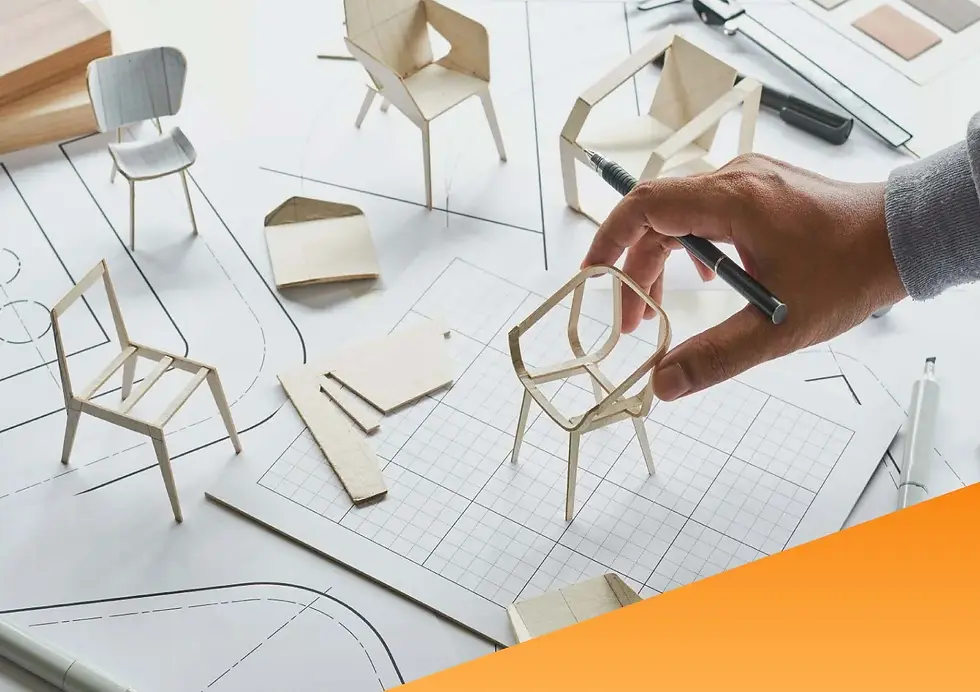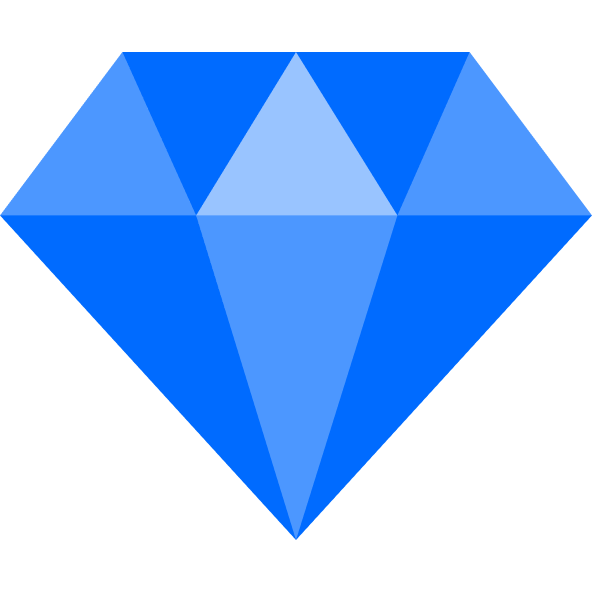10 Examples of Product Prototypes, along with Their Meaning, Functions, and Types
July 3, 2024
Share This Article

A product begins with an idea. When that idea is about to be transformed into a functional product, it’s best to start by creating a prototype. So, what are some examples of product prototypes?
Understanding the different types of prototypes can help determine which one to choose when presenting an idea to consumers or investors, as well as for testing a new design.
What Is a Prototype?
Prototyping is a fundamental process in developing a new product by creating a physical representation of an idea. This approach helps designers and product developers turn concepts into functional items.
With a prototype, designers can identify what needs improvement and refinement in the design.
Additionally, prototyping provides a way to solve problems and test new designs before moving forward to the final product stage.
Benefits and Functions of a Prototype
Here are some benefits and functions of creating a product prototype:
1. Validating the Initial Idea
A prototype helps save time and resources in the long run. By identifying design flaws or functional issues early, necessary improvements can be made before full-scale production, ensuring a more efficient and successful final product.
2. Testing Functionality
A prototype allows for testing whether a product performs its intended functions as expected.
3. Faster Feedback Acquisition
By reviewing the prototype, stakeholders can quickly provide feedback on the design and functionality of the product being developed.
4. Facilitates Communication and Collaboration
Prototyping helps facilitate communication and collaboration between designers, developers, and business leaders.
5. Cost Savings
Prototypes can help save time and money in the long run. By reducing the amount of rework and changes needed, they significantly cut costs.
6. Enhancing User Experience
With a prototype, potential users can get a realistic feel of how the product will look and function.
Types of Prototypes
The type of prototype used depends on the stage of the product development process, the nature of the product, and the available resources. Here are some of the most commonly used types in product management and operations.
1. Low-Fidelity Prototype
This is a simple and often non-interactive product model. It is typically used in the early stages of product development to validate the product concept and gather initial feedback.
2. High-Fidelity Prototype
This is a detailed product model that is usually interactive. It closely resembles the final product and provides a realistic experience for users.
This type of prototype is typically used in the final stages of product development to test product functionality, gather detailed user feedback, and demonstrate the product to stakeholders.
3. Functional Prototypes
This is a working model of a product that demonstrates its functionality. Although it may not look like the final product, this prototype provides a realistic representation of how the product will function.
Functional prototypes are typically used to test product functionality, identify potential issues, and gather user feedback.
Also read: How to Calculate and the Formula for Cost of Production, the Key to Your Business Success.
What Are Some Examples of Product Prototypes?
Here are some examples of product prototypes commonly used for both digital and physical products:
1.Sketches and Diagrams
Also known as paper prototypes, these are product examples in the form of sketches or images created on paper to explain initial ideas.
Examples include flowcharts, user flows, and mind maps.
2. 3D Printing or Rapid Model
3D printing allows designers to quickly create realistic design models using computers and printing machines.
Once the design is completed, the product can be easily modified based on observations and tests. This is because the prototype file only needs to be reprogrammed digitally.
This method has become increasingly popular for creating prototypes, especially for products with complex shapes and geometries.
3. Physical Model
This type of product prototype can be made from any material as it doesn’t need to have functional parts and is only meant to provide a rough idea of the desired design.
The goal is to test the function, strength, and durability of a product.
This type of prototype is very useful for products that are difficult to visualize through 3D printing, and it also helps to get measurements, scale, and the overall look of a product.
4. Wireframe
This prototype acts as a digital diagram or layout of a product, commonly used for websites, software, or other digital tools.
Wireframes can be used by anyone working on the project—from copywriters to developers—to navigate the structure and placement of different content.
5. Role-play Through Virtual
This prototype allows users to try using a product in a simulated environment to see how the product would function in real life.
This type of prototype is especially useful for products that require high user interaction, such as games or virtual reality.
6. Feasibility
This type of prototype can be used both digitally and for physical models. It allows designers to add to the design after creating the initial prototype.
If designers suddenly realize that an important part of the product is missing, a feasibility model is created to be adapted as new ideas emerge.
7. Working Model
This prototype allows the idea of a product to be tested to see if it truly works as intended. With this prototype, it's possible to determine whether the product follows the initial plan and whether its design functions as expected.
One of the main purposes of creating this prototype is to reduce risk, as potential shortcomings, challenges, or improvements are identified early in the development process.
8. Video Prototype
As the name suggests, this type of prototype is a digital animation or simulation of a product being developed.
It is often used to showcase the features and benefits of a product to stakeholders and to help generate hype and interest in the latest product.
9. Horizontal
This is a low-fidelity prototype model that shows the basic functions and features of a product. It is used to test and refine the design of external features such as shape, size, and aesthetics.
This type of prototype is very useful for consumer-focused products that rely on visual appeal to drive sales.
10. Vertical
The opposite of the horizontal prototype, this is a high-fidelity model that demonstrates various capabilities and features of a product.
This type of prototype is often used in the development process and is designed to be as close as possible to the final product. The goal of creating a vertical prototype is to ensure that the product is functional and can perform its tasks.
That's a complete explanation of the different examples of product prototypes you should know before starting to create a product.
If you need help managing your business, the Labamu app offers various features that can assist with that.
Download it now on Google Play or the App Store to join over 70,000 SMEs in Indonesia who have already benefited from this app!












